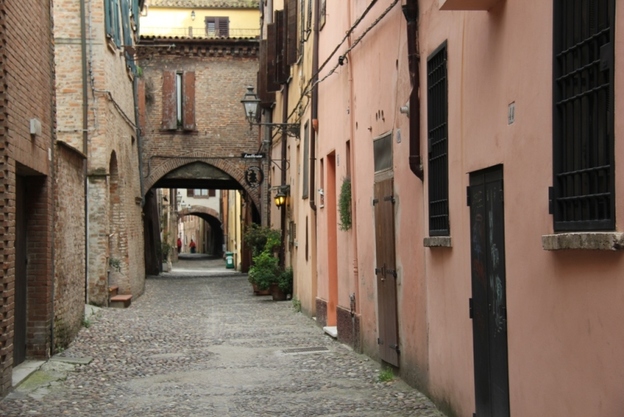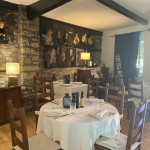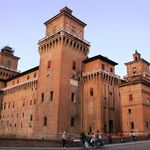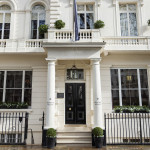Ferrara is one of the pearls of the Emilia-Romagna region. A region famously productive for so much of Italy’s attraction.
And with just cause.
Its fertile plains, fed by the revered Po River, are responsible for producing world-famous food products including balsamic vinegar from Modena and the legendary Parmigiano Reggiano. Its agriculture industry demanded automotive innovation inspiring the rise of Ferrari, Lamborghini, Maserati and Ducati, each, still calling it home. And it’s a region blessed with world heritage Romanesque and Renaissance-filled provinces such as Bologna, Parma, Ravenna and of course, Ferrara.

It’s early morning and I’m standing in front of the iconic symbol of Ferrara’s once-bounteous prosperity; the huge Castello Estense. The historical seat of the Este family, one of Italy’s most powerful dynasties. The morning mist shrouding the castle just adds to the dreamy atmosphere.
The palace dominates the very heart of the city, a permanent reminder of just how influential the Estes were in bringing wealth and success to Ferrara. Let’s also not forget, they saw the value in keeping their Jewish residents safe and sound when the rest of Italy was busy expelling them quicker than it takes to boil a pan of pasta.
There’s a visible Este stamp on virtually everything in Ferrara’s well-preserved ancient centre where the Jewish community lived a pretty comfortable life in their ghetto as merchants and bankers. In-between the 15th and 16th centuries, no Italian city could compete with Ferrara. The Estes brought in the best poets, painters and architects’ money could buy and it’s all still here.
The old town is a warren of narrow streets and much of the fun is to just lose yourself within it. It is like a snapshot in time. Then, just like that, you stumble upon an extraordinary mansion or palazzo or another porticoed piazza.
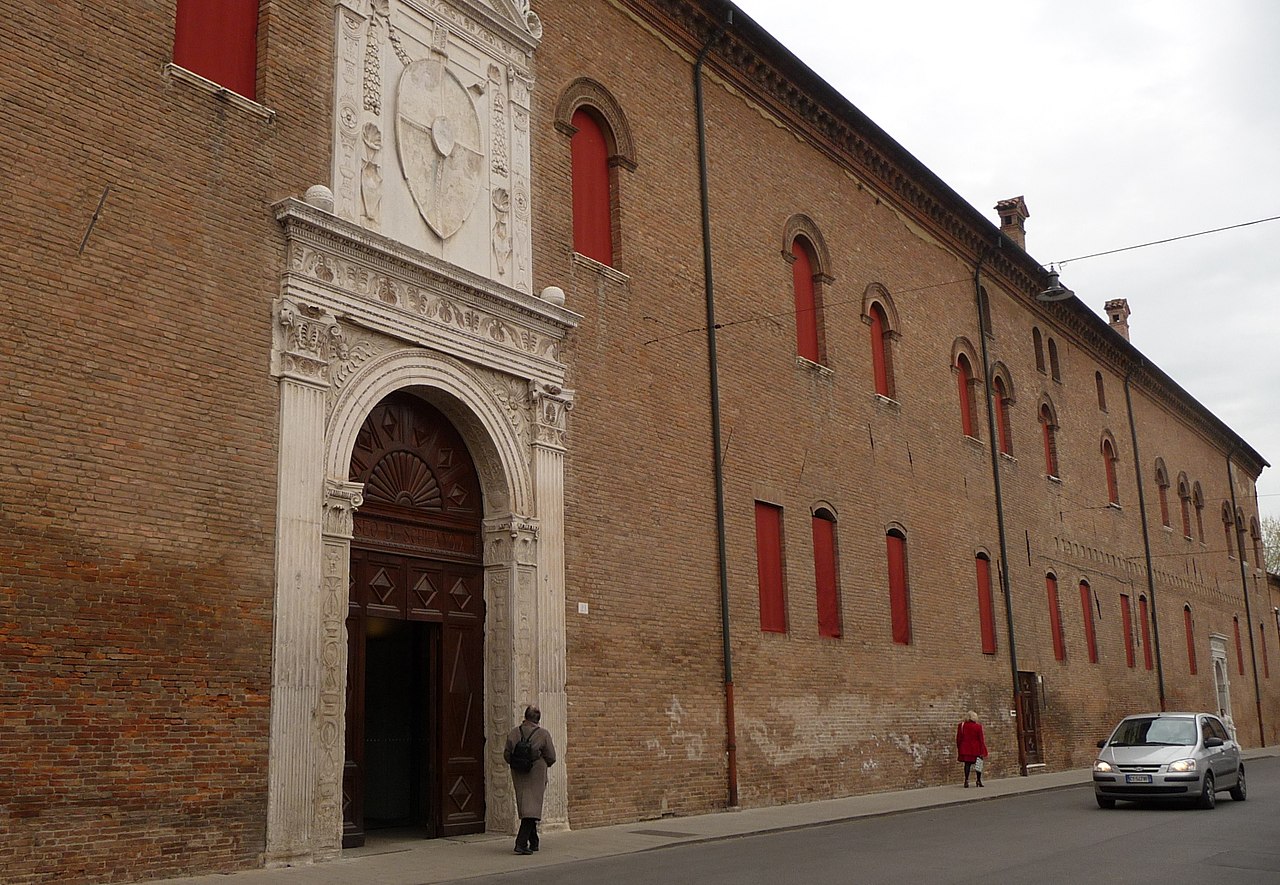
The perfect example is the Palazzo Schifanoia built by Borso Este in the late 1400s. It was one of a group of palaces the Estes built simply as “fun houses”; Schifanoia literally means “to avoid boredom”. Inside, on the first floor, I find twelve giant frescoes, each one depicting a different month of the year. Sadly, many of them have faded away, but those that remain are quite remarkable. Even more remarkable when I learn that successive owners whitewashed all the walls and used the palace as a tobacco warehouse.
Not far away lies the 15th century Palazzo dei Diamante. Today it houses the National Art Gallery, but it was once another extravagant Este home. Built from pink and white marble bricks, the 8,000 small conical stones on each facade are shaped like diamonds and set at different angles to offer a changing hue depending on the light. It is a Renaissance masterpiece.
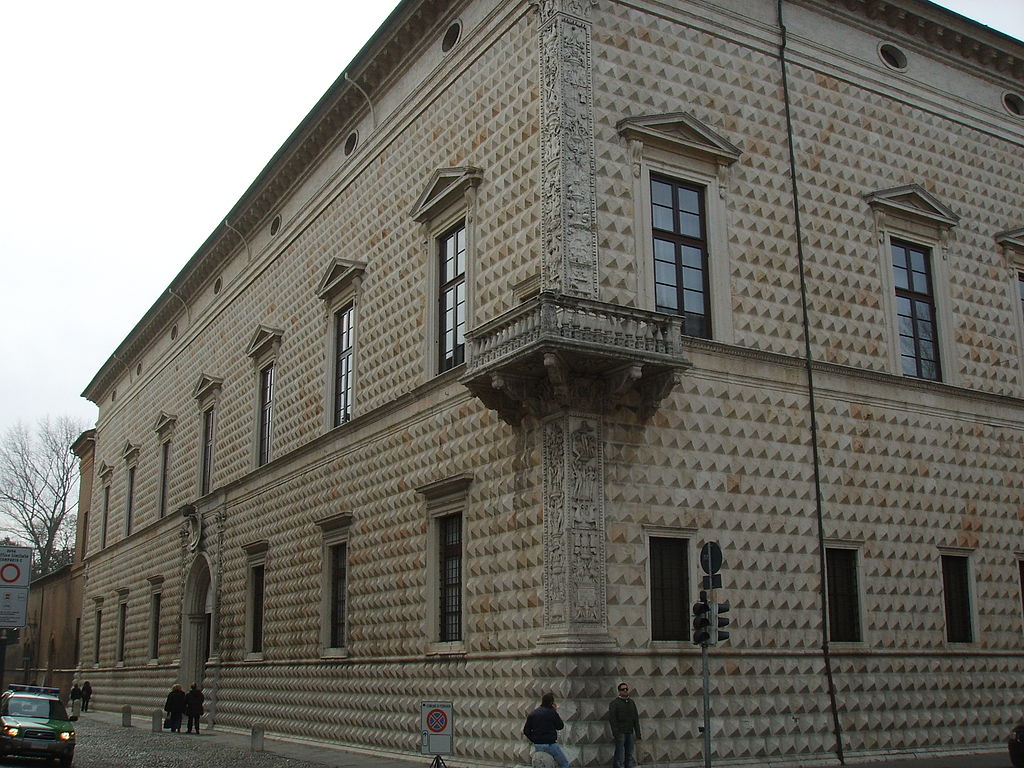
Taking a stroll into the ghetto I visit the tiny 15th-century synagogue at 95 Via Mazzini. On the way I pass by the Palazzo del Municipio, the Town Hall, and see two pillars. The white marble in the left-hand pillar was taken from Jewish gravestones by the Inquisition in 1750. Just at the entrance to Via Mazzini if you look hard enough, you’ll spot the original hinges from the old ghetto doors.
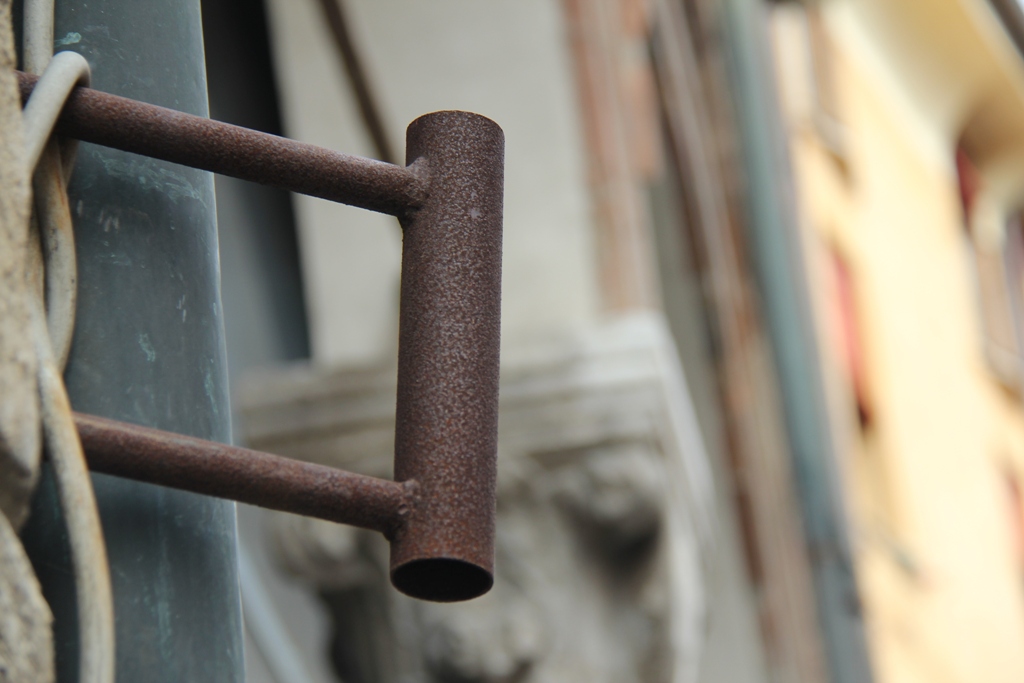
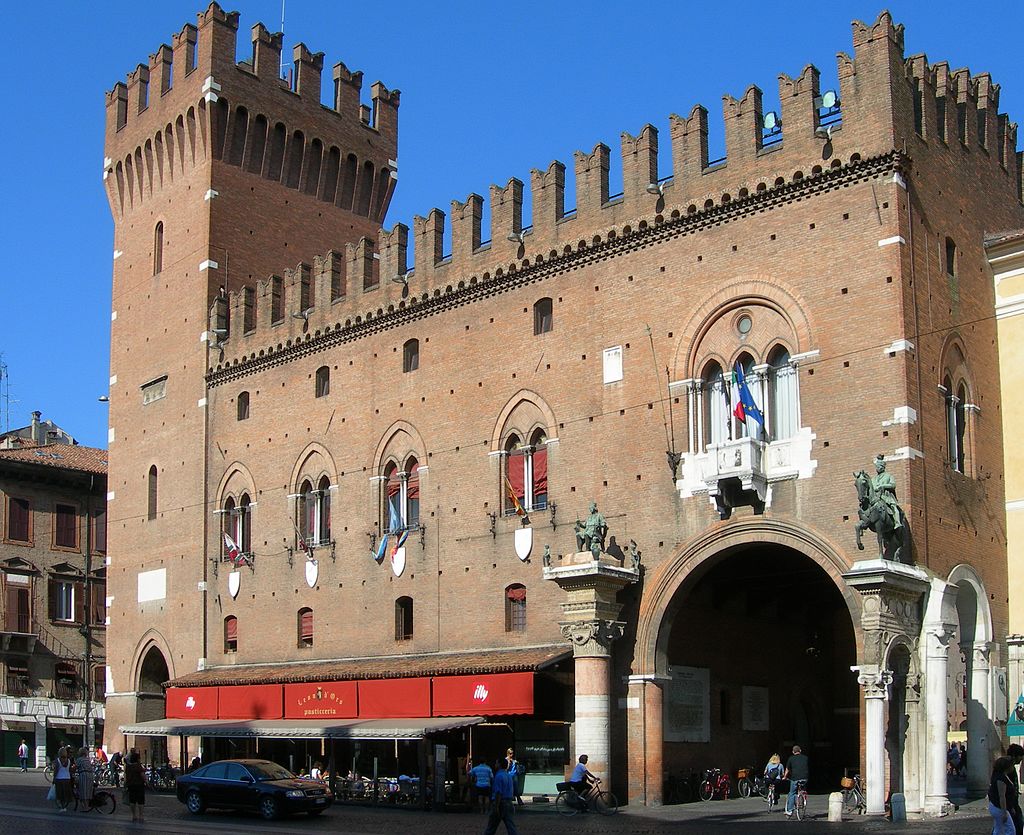
Within the ghetto area today, the influence of the Jewish community remains for all to see. From the wrought iron balconies and richly decorated portals to strange menu items in non-kosher restaurants. Who could imagine the menu di ispirazione ebraica (Jewish inspiration menu) at the famously old-fashioned Osteria del Ghetto would suggest guinea fowl, pears, cinnamon and saffron!
No visit to the old town would be complete without walking down Via delle Volte, one of the best-preserved medieval streets in the city. It was the old dividing line between the Po River port and warehouses and the city dwellings. The elevated arched passageways across the street were an ingenious medieval solution to the threat of flooding.
A brand-new museum was inaugurated recently, the National Museum of Italian Judaism and the Shoah. The museum is the first state-funded museum of Italian Judaism and illustrates just how important Ferrara has been to Italy’s Jews and perhaps more significantly, how important the city’s Jewish citizens have been to Italy.
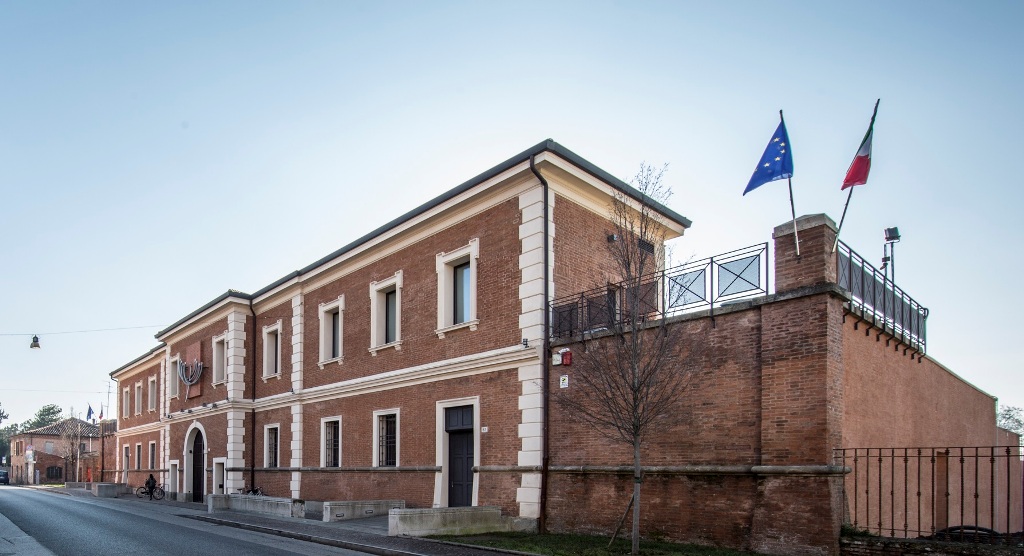
This is still a work in progress with phase one now complete, a permanent exhibition of the first thousand years of Italian Jewry. Over 200 rare artefacts chart the Jewish diaspora into the Italian peninsula from the Roman period onwards revealing how they managed to build and retain their own unique identity.
The building itself is quite remarkable. Ferrara’s former prison block, within touching distance of the city’s Jewish quarter, is a twist of irony. But today there is no sign of its previous incarnation. It is instead a state-of-the-art structure that will, when it is finally complete resemble the five books of Moses.
There is much to be done, but even now I see the potential. A beautiful garden area provides an impressive prologue to an exhibition that is far from dry. Aside from the ancient artefacts, a 20-minute film (with English headphone commentary provided) taking me on a first-person historical journey of strife and struggle through the eyes of Italian Jews is really quite memorable.
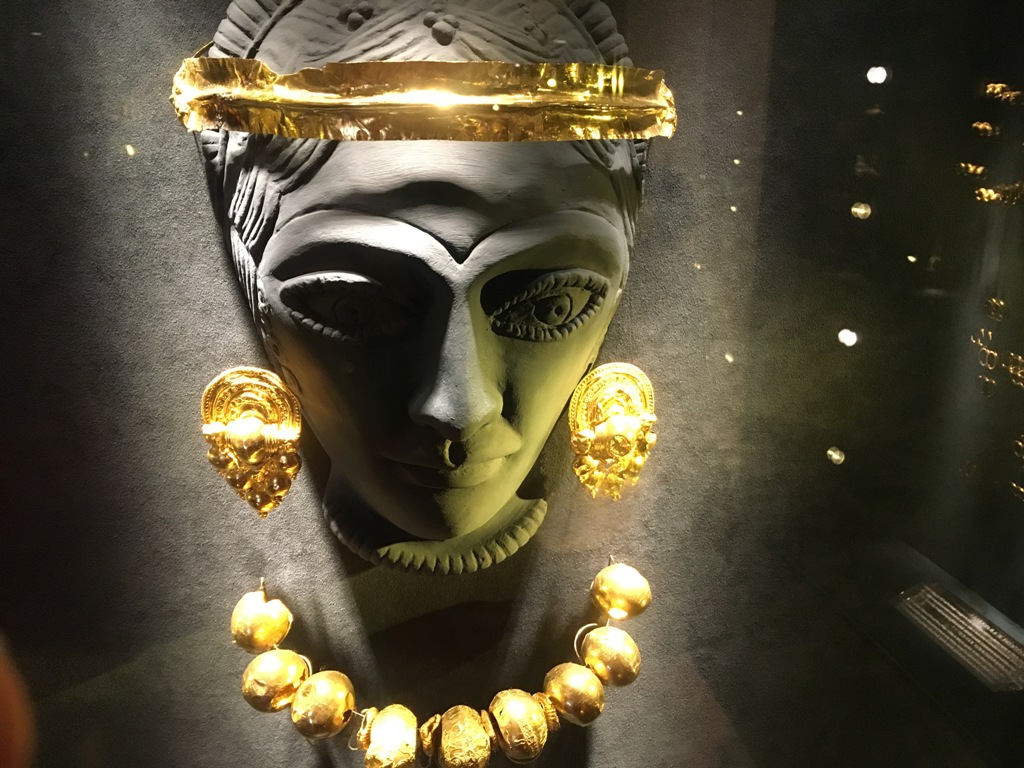
In a city blessed with so many gems, there is one that remains puzzlingly overlooked by so many. The Archaeological Museum of Ferrara may sound terribly dry, but it contains an astonishing collection of Etruscan treasures, the likes of which are rarely found anywhere else in the world. Never mind the palace that houses the museum is a work of art in itself.
A collection of original gold and amber jewellery exclusively arranged by Bulgari literally leaves me speechless. In the company of such treasure, it’s unusual to be wandering around almost alone.
Exploring the huge 15th century Este walls is either an excellent walk or a fun bike ride. The city walls stretch around the city for 10 kilometres and within the former moat you can take a fairly flat path. I decide to pedal (there are more bikes than cars in Ferrara) and along the way pass four gates, eleven bastions and two towers.
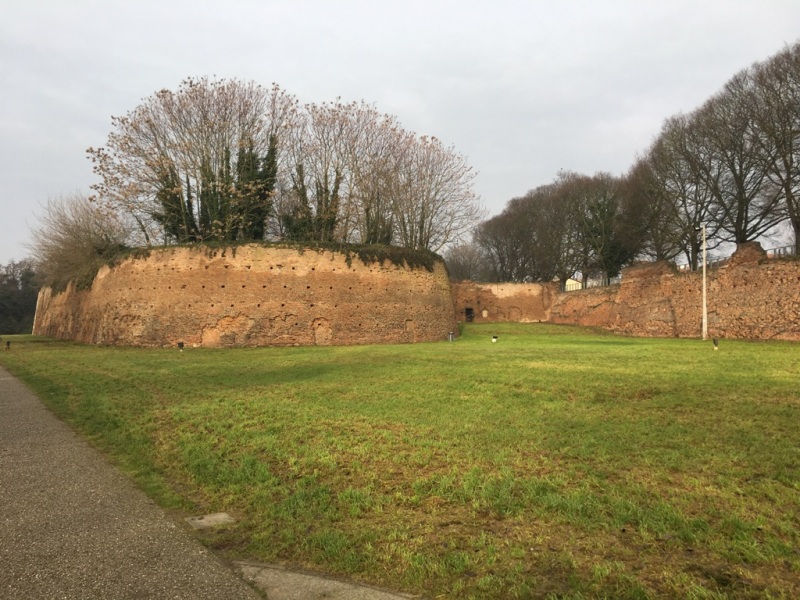

Walking back, I come to a small chapel tucked away in yet another side street. Convento del Corpus Domini is the last resting place of the notorious Lucrezia Borgia, probably the most famous member of the Este family.
If you’ve done the coaches and crowds in Rome, Milan and Florence then the quiet streets of Ferrara will welcome you with open arms.
Tell me more about Ferrara
Getting to Ferrara
BA, EasyJet and Ryan Air all fly direct to Bologna, Flights from £70 return. Ferrara is just 46 minutes from Bologna.
The National Museum of Italian Judaism and the Shoah (MEIS)
81 Via Piangipane Ferrara
Opening times
Tuesday to Sunday from 10.00 to 18:00
Thursday from 10.00 to 23.00 (ticket office closes at 22.00)
Tel:+39 0532 769137
The Archaeological Museum of Ferrara
For more information on Ferrara visit Ferrara Tourist Board
For information on Emilia-Romagna visit the tourist board

